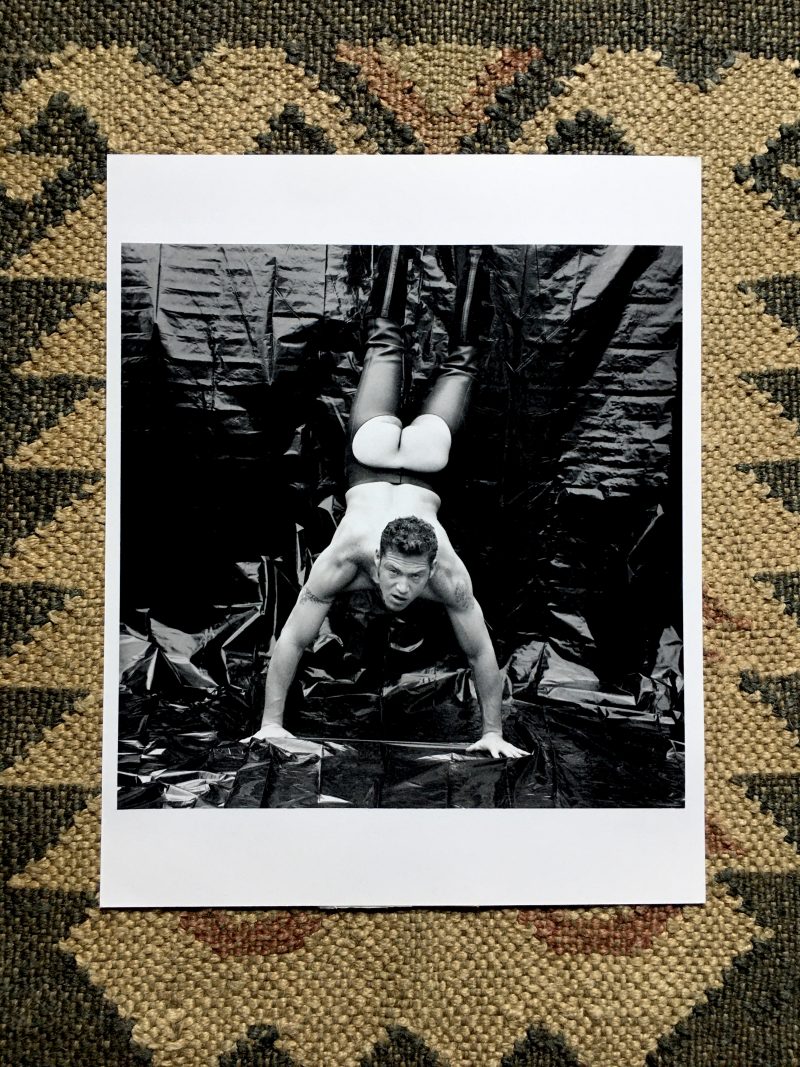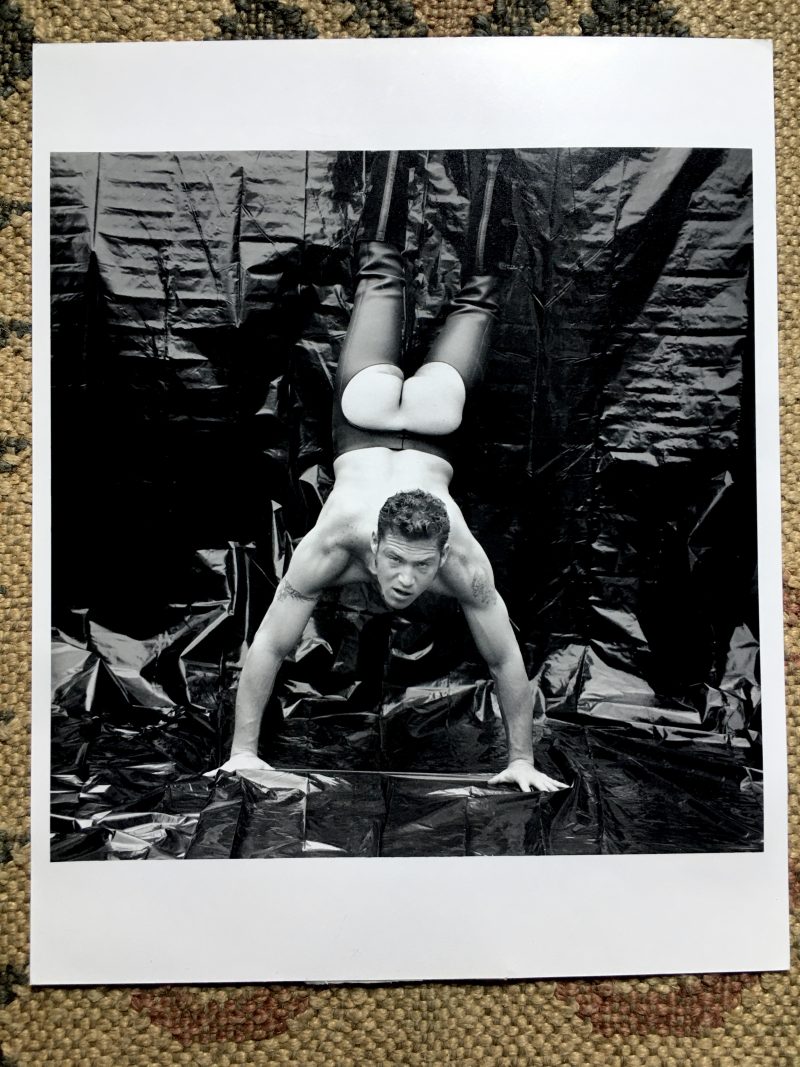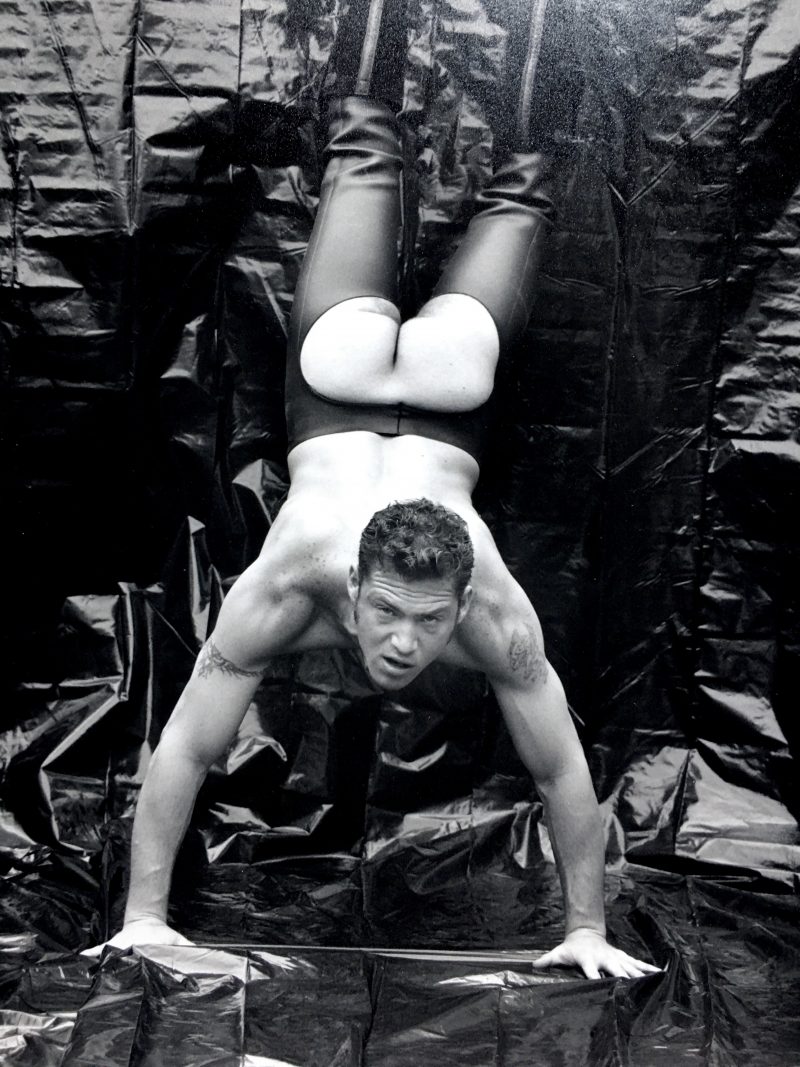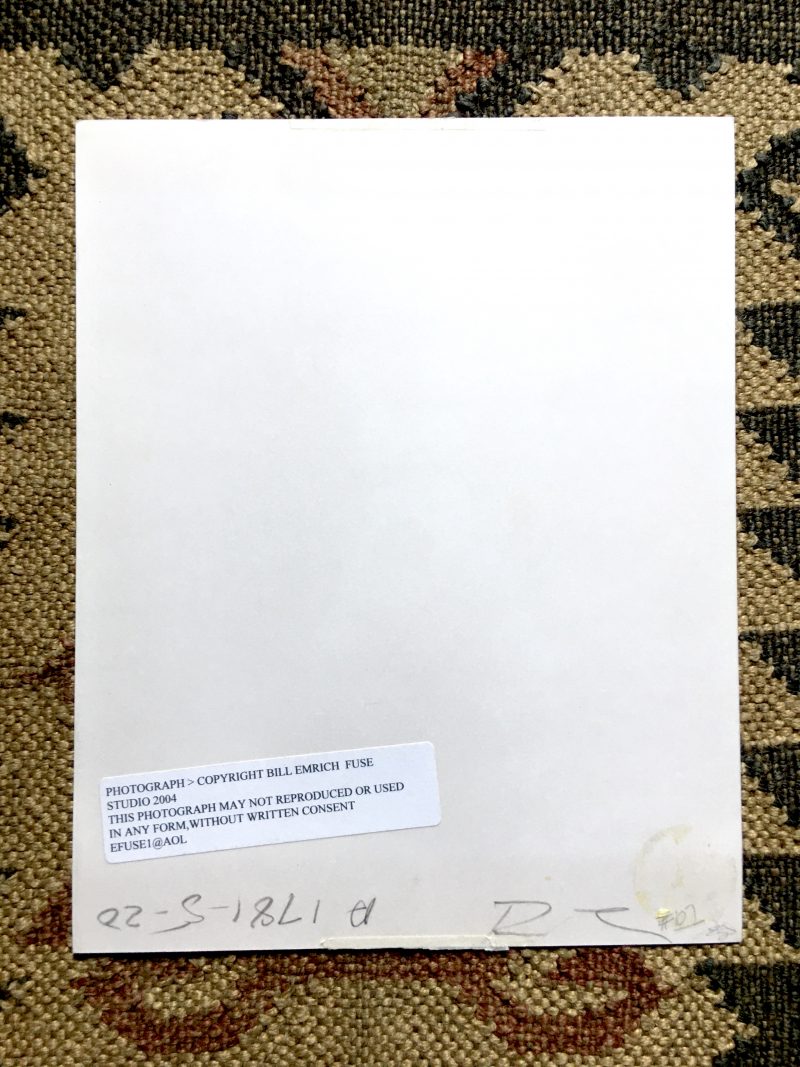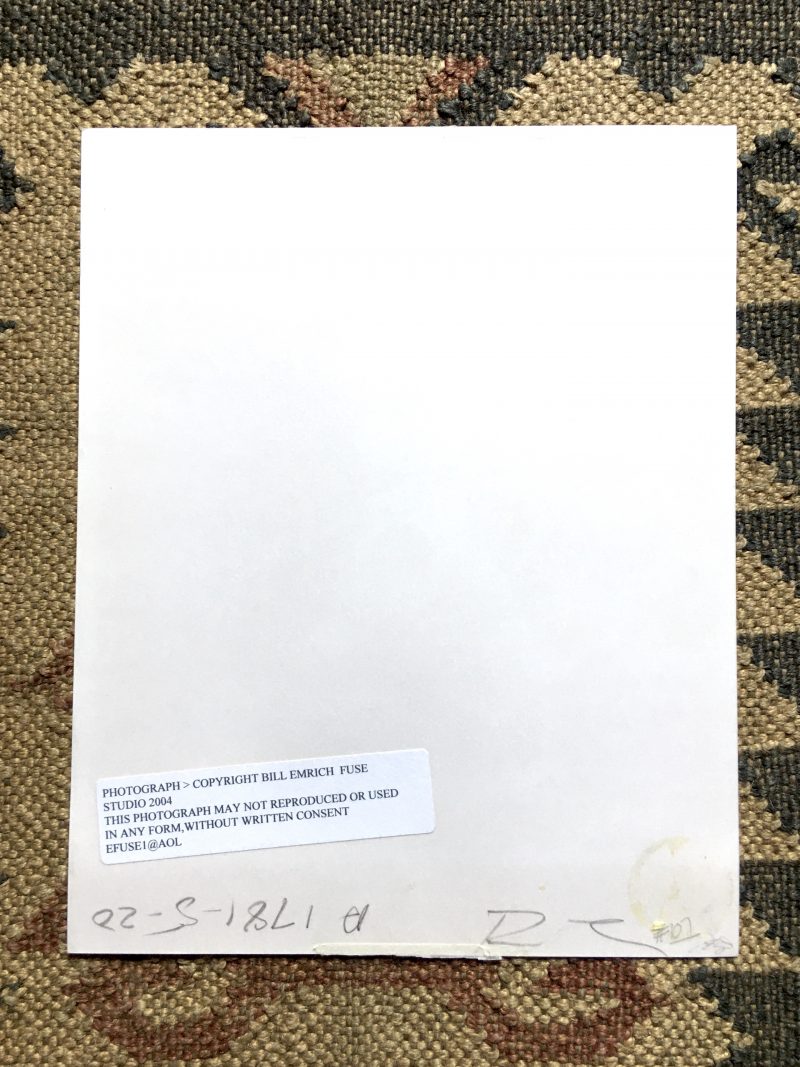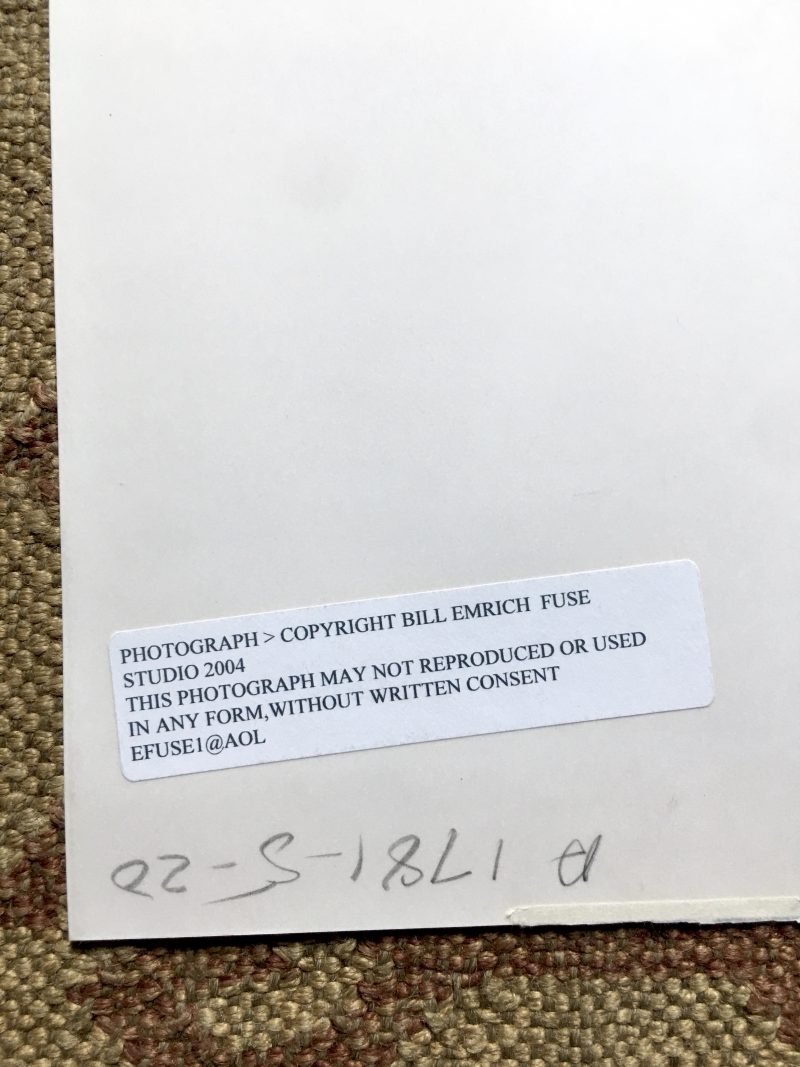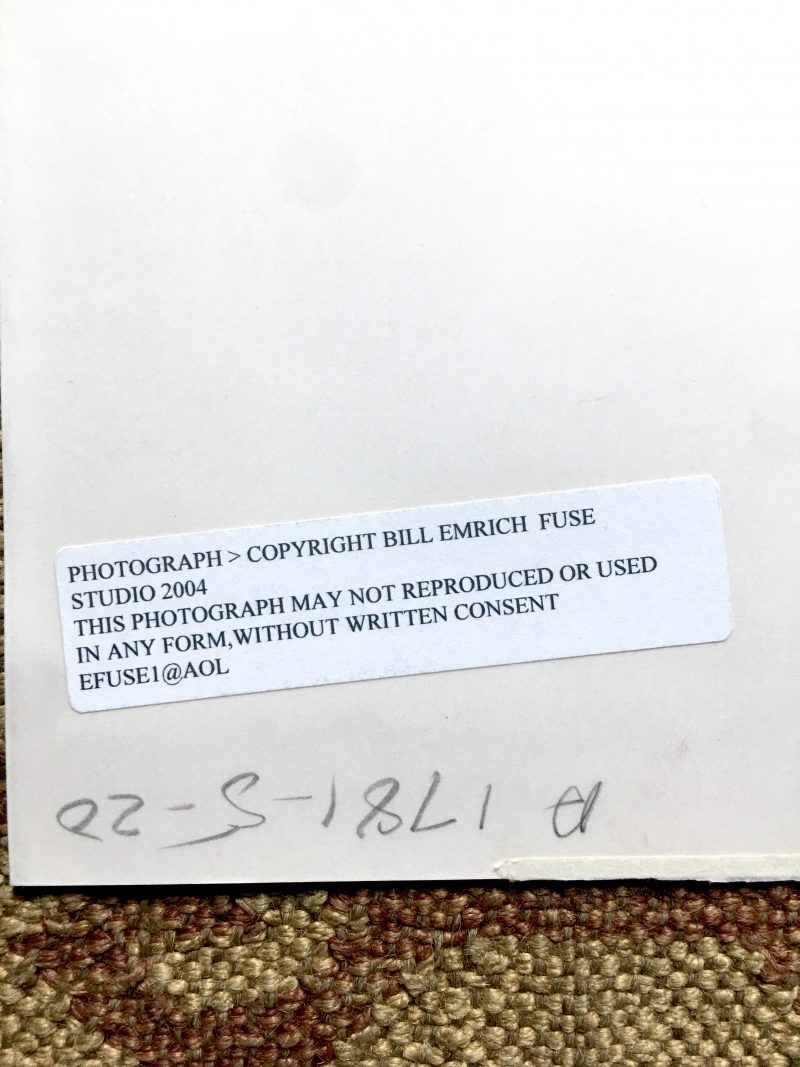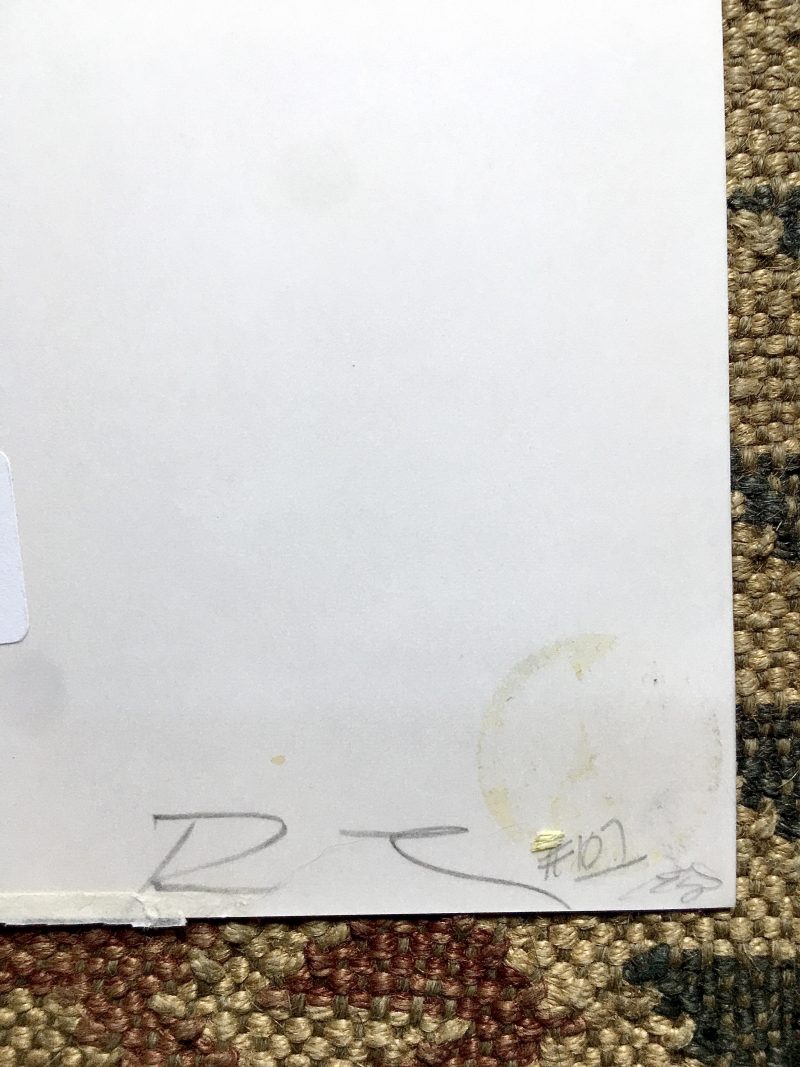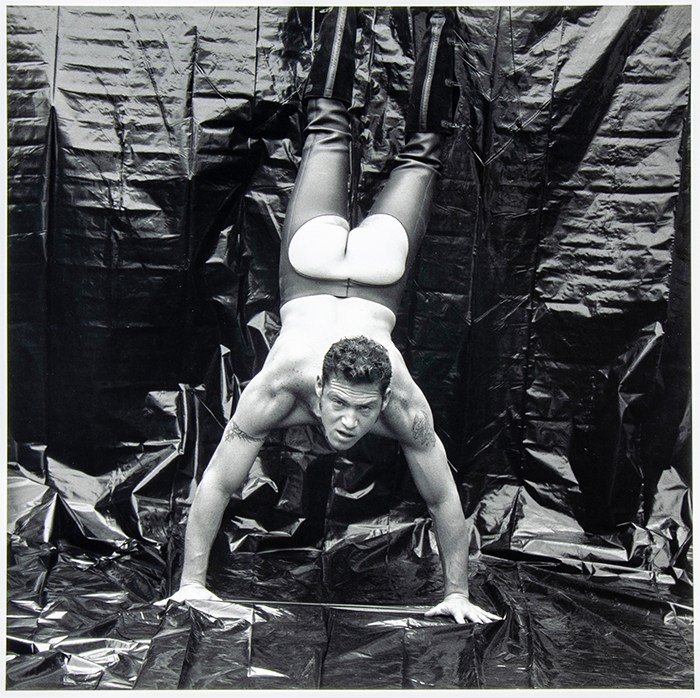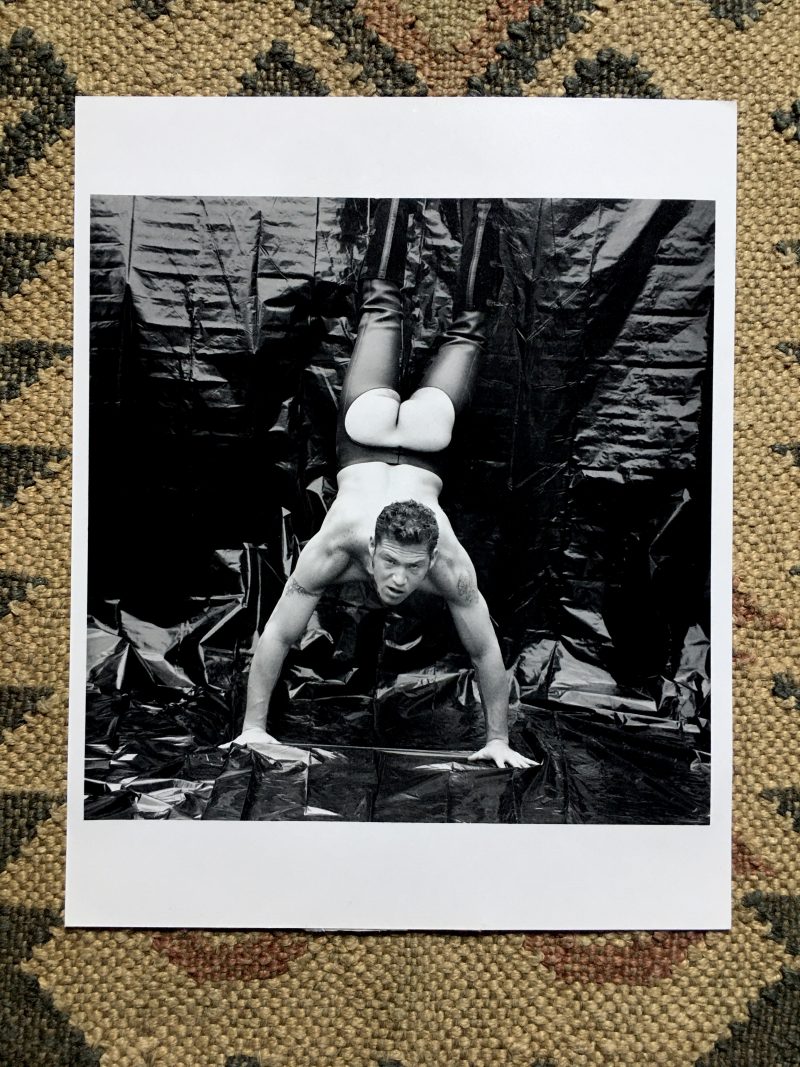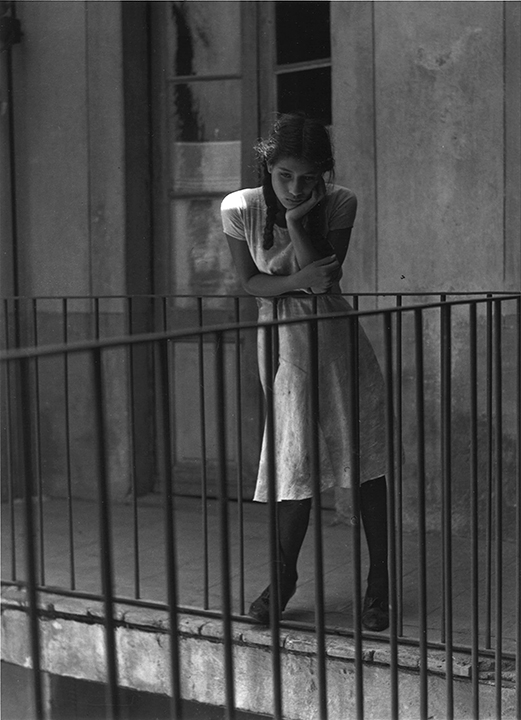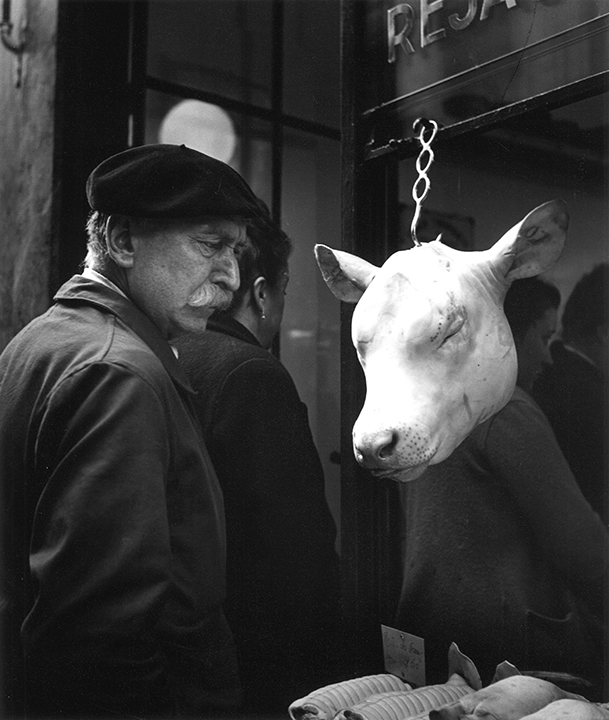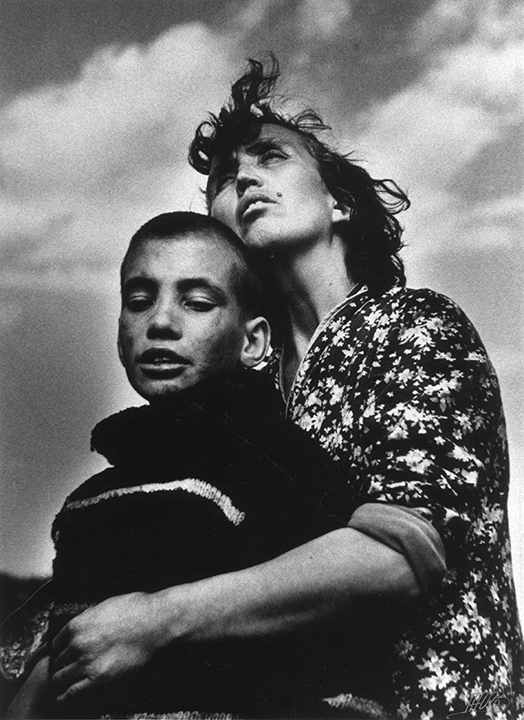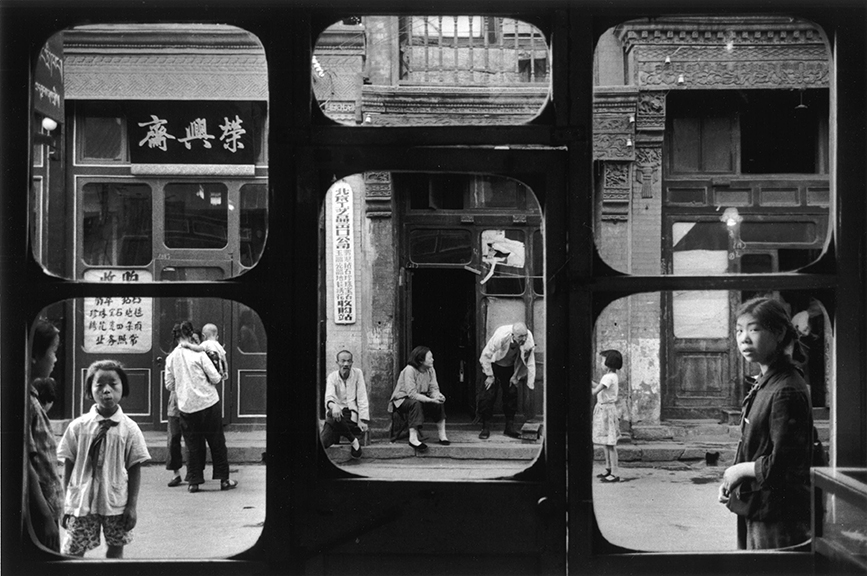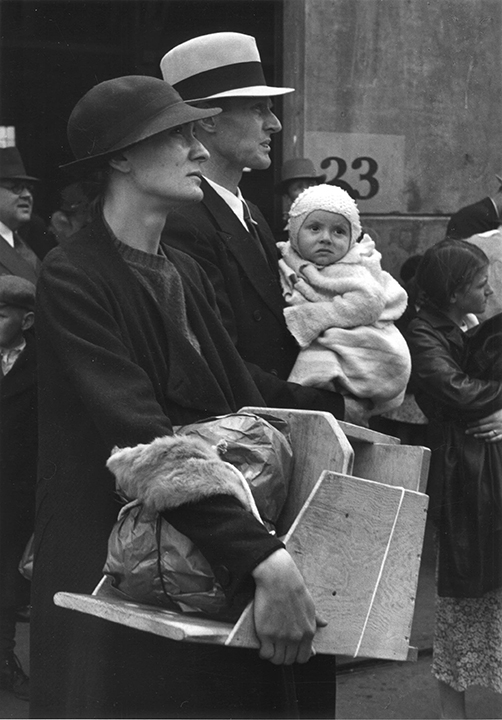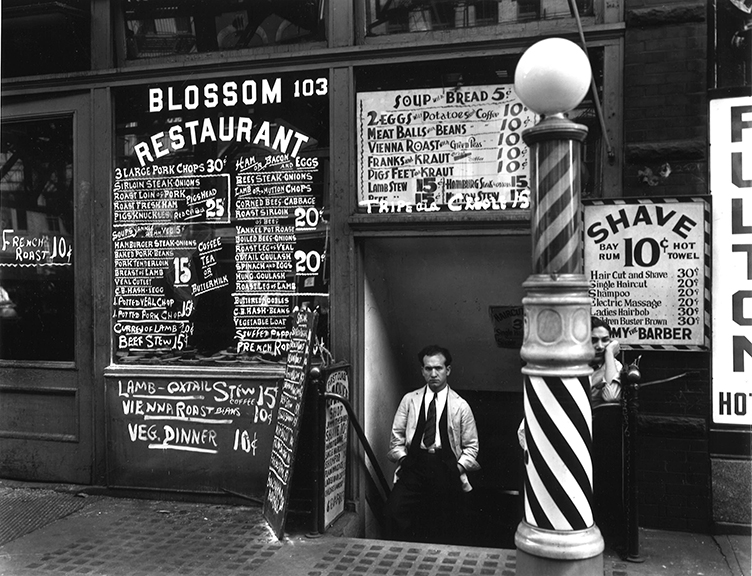Bill Emrich (1954-2006), Photograph, Portrait of Scott, 1992
Bill Emrich (1954-2006) Authentic Gelatin Silver Photograph, Portrait of Scott, 1990’s.
Measures 8 x 10 inches (print) & 7.5 x 7.5 inches (image). Authentic label on verso “Photograph – Copywright Bill Emrich. Fuse Studio, 2004. This photograph may not be reproduced or used in any form, without written consent…”. Personal / Darkroom notes written on verso in pencil (possibly negative identification): “A-1781-5-20” and possibly initials (see photos attached). Mild archival tape residue at top and bottom / easily removeable.
Gift from Scott, the model, when we dated.
ORIGINAL SOLD.
AVAILABLE: Digital Photograph, 11 x 14 paper with image centred. Ask for details. USD$250
RESEARCH:
Auction: https://www.liveauctioneers.com/en-gb/price-result/bill-emrich-new-york-1990/
Market Value: https://www.artsy.net/artist/bill-emrich
http://www.artnet.fr/artistes/bill-emrich/man-with-turned-head-4ZWaoVgwQz4I3cPJK1l4Sw2
Bill Emrich – photographer
Relatively little is actually known about Bill Emrich. Through the internet I was tipped off to his work and after some searching I managed to get hold of a second-hand Bill Emrich book. On the internet I searched further for information about him, but in relation to other photographers I found very little. From what I read he must have been a talented, dark, funny, very intelligent and generous man. With a life that ended far too soon, he added a rich story to the world of photography, especially with his images of men. Although he was a fashion photographer with work that became known and respected worldwide, it was his projects with men that made him so unique.
Bill Emrich’s photographs can still be called iconic for the 1970s and give us a picture of a period when physical beauty and a certain rawness were celebrated. He shot his photos all over the world in different locations, but unfortunately he ended up publishing only 1 photo book.
What appeals to me about Bill Emrich’s work is the innocence, vulnerability and beauty of boys.
On the life of Bill Emrich
On the website of The Chicago Tribune, I found an article dated February 25, 1987 that briefly talks about a moment in Bill Emrich’s life.
“Take Bill Emrich, the man on our cover as he is today and was in 1977. Ten years ago Emrich was a regular customer and sometime performance artist at the Snake Pit, a club at Lincoln and Sheffield Avenues, ”before it was Buffy- and-Muffyville and when the area was a Spanish ghetto with muggings and shootings on the corners.”
Emrich said the Snake Pit, an artists` hangout, was the inspiration for New York`s punk Mudd Club. Emrich kept peroxide in the shampoo bottle, ”just so my hair would change colors every day” and then he would go out every night.
”Everyone was living for the next five minutes,” he said. ”At the Snake Pit we would put on weird music and do things like stab ourselves with knives in live psycho-dramas,” he said. ”And we made video movies before video was the thing on quarter-inch cassettes, and we gave them titles like
`Elevators to Hell.` ”
But one day Emrich, who was also working as a photo stylist, woke up and said: ”I`m killing myself and I have to stop. I was tired of being hung over and making excuses for not getting things done, so I just said no to that and yes to life. I quit drinking, smoking and going to the bars. I started to do my own photography. I guess I just grew up.”
Emrich, now 33, is considered one of Chicago`s top fashion photographers, with the majority of his work being done for the city`s ”major conservative department stores.”
”I don`t miss the club scene at all, because now I have this,” Emrich said, pointing toward the posh interior of the garden bar in the Ritz-Carlton. ”Now this is my one of my favorite places to come, but I never drink.”
Dropping out
The decision to quit drinking seems to be the pivotal point in most post- punkers` lives.” – Quoted from The Chicago Tribune –
Unfortunately, as with so many brilliant people, he eventually lost track in life and found himself mostly alone, eventually terribly ill and broke. He died poor and forgotten, as he had always feared. At the time of his death he had almost no possessions left as a result of the misfortunes, torments and disasters that befell him towards the end.
Yet Bill Emrich is not completely forgotten, thanks to his only book. In his work I find images of the innocence, vulnerability and beauty of men. Some of his images are overtly homoerotic and fit beautifully into that era. What further appeals to me in the nude photographs in the book is how subtly he handles having a cock in the frame. By using shadows or materials, they are present, but so subtle that it does not distract from the image.
WITHOUT A WORD
SHELBY LEE ADAMS
BERENICE ABBOTT
MICHA BAR-AM
ÉDOUARD BOUBAT
PIERRE BOUCHER
MANUEL ALVAREZ BRAVO
WILLIAM CLAXTON
MIKE DISFARMER
ROBERT DOISNEAU
BILL EMRICH
MORRIS ENGEL
WALKER EVANS
PHILLIP JONES GRIFFITHS
FRED HERZOG
FAN HO
MIROSLAV HUCEK
GRACIELA ITURBIDE
JOHAN VAN DER KEUKEN
JEROME LEIBLING
DANNY LYON
MARY ELLEN MARK
TOM MILLEA
DIRK REINARTZ
MARC RIBOUD
WILLIE RONIS
LAURENCE SALZMANN
ROY SCHATT
DAVID SEYMOUR
W. EUGENE SMITH
J. HUMPHREY SPENDER
PETER STACKPOLE
JACKO VASSILEV
MARIANA YAMPOLSKY
‘without a word’ presents a selection of portrait photographs from the private collection of Bill Wu, the first display of this remarkable, yet unknown, Vancouver collection of photography. Representing an international cross-section of acclaimed twentieth-century artists including Berenice Abbott, Robert Doisneau, Walker Evans, Graciela Iturbide, and Mary Ellen Mark, the exhibition includes some of modern photography’s most iconic and memorable portraits, with a specific focus on people caught in unguarded moments of contemplation and preoccupation. In many images, the camera seems to be unnoticed altogether, their subjects unstaged or taken in passing, highlighted by an ambiguous, perhaps unfamiliar relationship between figure and photographer. without a word speaks to a widely shared experience of having one’s picture taken without formal permission, and to the evocative power of stolen encounters that might reveal more about identity than might ever be found in a formally posed portrait.
Photo: Robert Doisneau, Le Petit Balcon, 1953. © Robert Doisneau.
